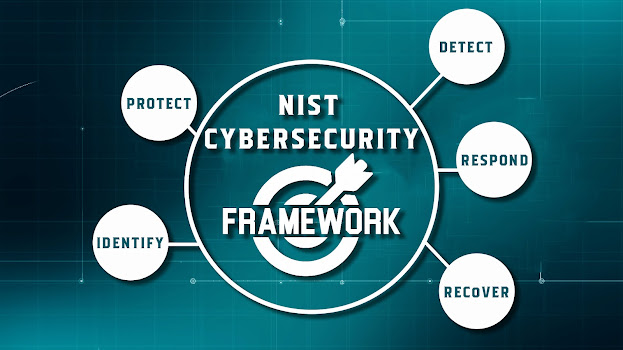At present, many tech enthusiasts recognize Google BARD and OpenAI's GPT as some of the most prominent language models available right now. Both AI relies on pre-training protocols to facilitate complex natural language processing tasks while the latter boasts innovative chatbot features aimed at simulating realistic conversations with humans using artificial intelligence. Both AI systems have transformed computing practices in incredible ways and brought about significant changes within the AI research field. This article endeavors to highlight key differences between these two models, analyzing their uses within distinct industries to understand their practical applications better.
| Google Bard | ChatGPT |
|---|---|
| Google's massive dataset of text & code, including the latest research | OpenAI's dataset |
| LaMDA, a large language model developed by Google | GPT-3, a large language model developed by OpenAI |
| Free | Paid subscription user |
| More user-friendly & easier to navigate | Hard to navigate for some users |
| Overall more accurate | Less accurate |
| Typically more creative | Less creative |
| More fluent | Less fluent |
| Better choice for most users | Better choice for creative users |
ChatGPT provides a progressive conversational innovation from natural language processing pioneer OpenAI that incorporates GPT technology into their solutions suite - ultimately sowing seeds for an entirely new experience between organizations and customers. GPT stands for Generative Pre-trained Transformer. The prime aim underscores offering the best meaningful response based on customers' inquiries. That way, utilizing their intelligent chatbot platform to respond quickly via personalized messages designed based on a brand’s personal touch gives them the ability to address customers' requirements quickly - anytime and any day.
The backbone of this innovation emanates from its ability to interpret messages provided; every user always wants swift responses irrespective of time zones or location – making it an advantage when compared with traditional communication forms. Additionally, thanks to rich Machine Learning (ML) embedded within AiChat bot technologies available via ChanPVT platforms make it is possible for seamless upgrades tailored towards improving users’ satisfaction while maintaining a sustainable User experience for users. Lastly, ChatGPT also provides more comprehensive chatbot customizations catering to specific industry protocols - reflecting their unique requirements and operational frameworks. As a result, businesses can now see how adding a touch of technological innovation exponentially supercharges their interaction with customers through ChatGPT services.When implementing a chatbot solution for businesses,
ChatGPT works collaboratively with them to identify important customer pain points, map out effective user journeys, and create customized workflows aligned with specific business goals. Furthermore, utilizing their own online builder costs less than other alternatives whilst still providing high-quality functions for creating tailored chatbots specific for individual companies hence significantly saving time as well as money.s Highly customizable pre-built conversational templates facilitating bot customization make it possible for organizations through the use of necessary templates necessary in designing individualized conversational styles by companies while optimizing further additional bot capabilities. Thanks to integrating GPT technology into their advanced service offering, ChatGPT excels above competitors; prioritizing meaningful interactions through conversational AI while ensuring improved customer experience contributing greatly towards business growth by enabling firms to concentrate on essential daily operations.
The "BARD," Google's innovative language model, is making waves among experts in artificial intelligence due to its remarkable capabilities. This groundbreaking development could completely transform how we interact with machines in ways that could impact our future profoundly. With its advanced deep learning model’s powerful text generation abilities combined with translation and summarization skills are built into the toolset making it exceptional as compared to previous models; drawing on varied sources such as images videos or audio recordings enables this flexibility within diverse contexts of accurately producing as well as natural sounding content.
One exceptional element present in BARD is its capacity for developing unrestricted texts - it doesn't require any prior prompts nor topic selections but produces noteworthily substantial outcomes. This feature makes it attractive to content creators seeking rapid, efficient generation of original content. Also, businesses could widely benefit from BARD'S language translation ability as it quickly translates content into diverse languages without needing human translators - capable of resolving colloquial and idiomatic expressions’ translations for effective global communications.
Moreover, academic researchers can appreciate BARD's summarization ability as it proves to be most useful when dealing with protracted manuscripts such as academic papers or legal documents; interested parties can extract vital information more efficiently and quickly than ever before. Google's BARD is a significant advancement in artificial intelligence. Its multifaceted capabilities to produce natural-sounding text, translate languages, and condense lengthy content exemplify its versatility and practicality. As the technology evolves, we anticipate remarkable features and uses forthcoming.
Conclusions
Google BARD and OpenAI's GPT are highly effective AI language models with a range of applications in natural language processing, machine learning, and artificial intelligence. While Google BARD focuses on pre-training models and extracting data from texts, GPT outperforms in customer service and chatbot interactions. Nonetheless, these models have their constraints and cannot resolve all issues independently. The responsibility lies on developers to exploit these systems proficiently to design more sophisticated AI in the upcoming days.






0 Comments